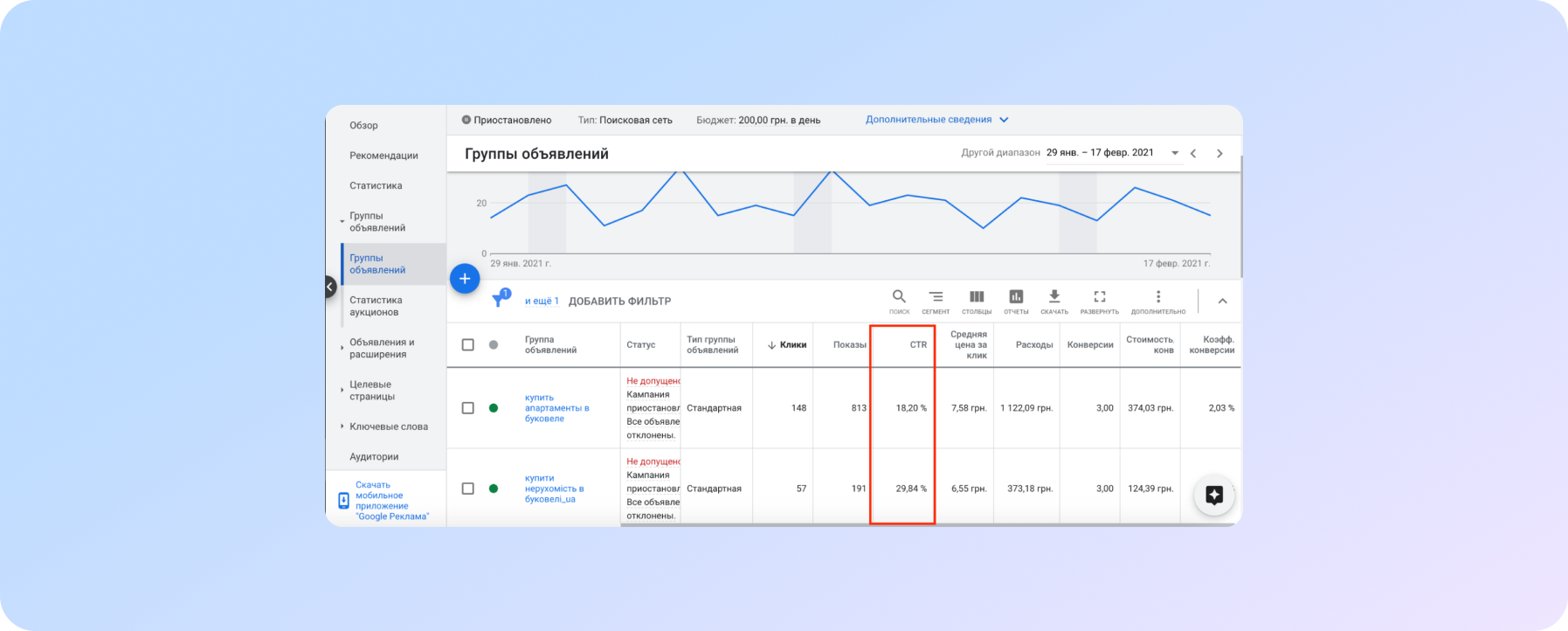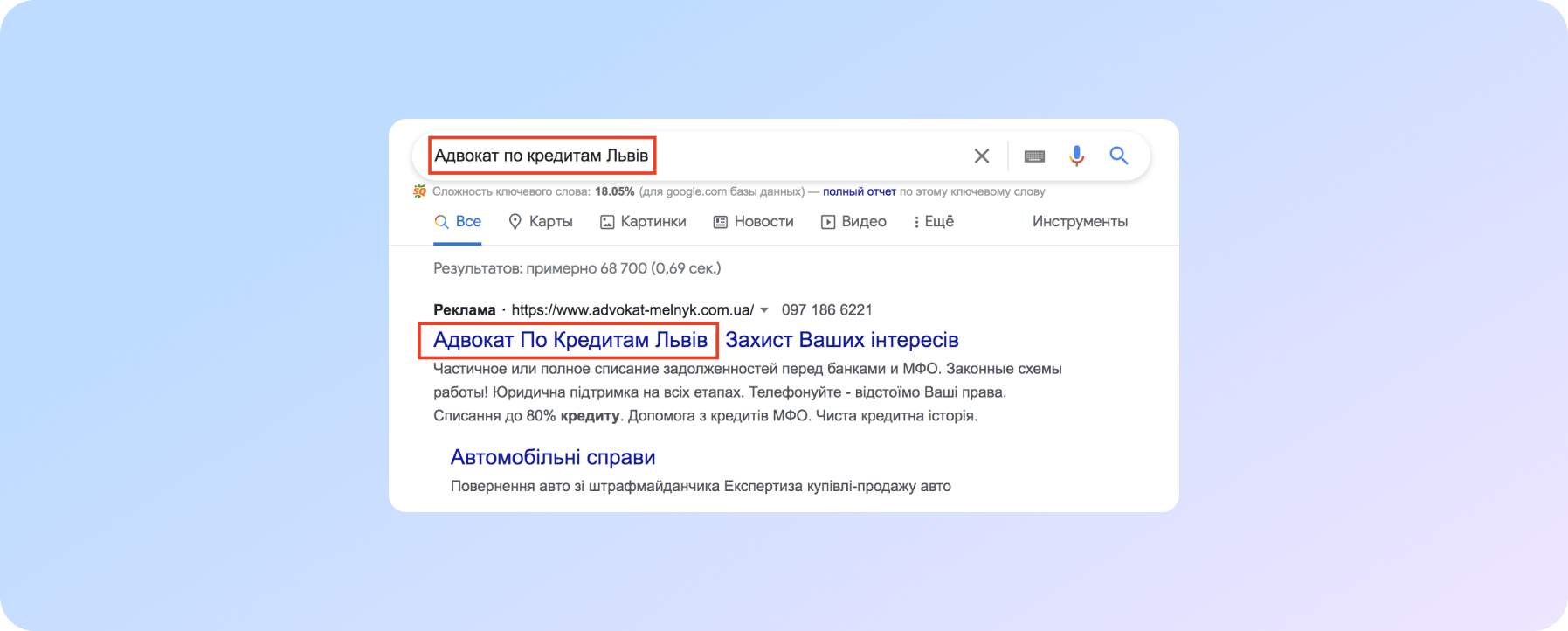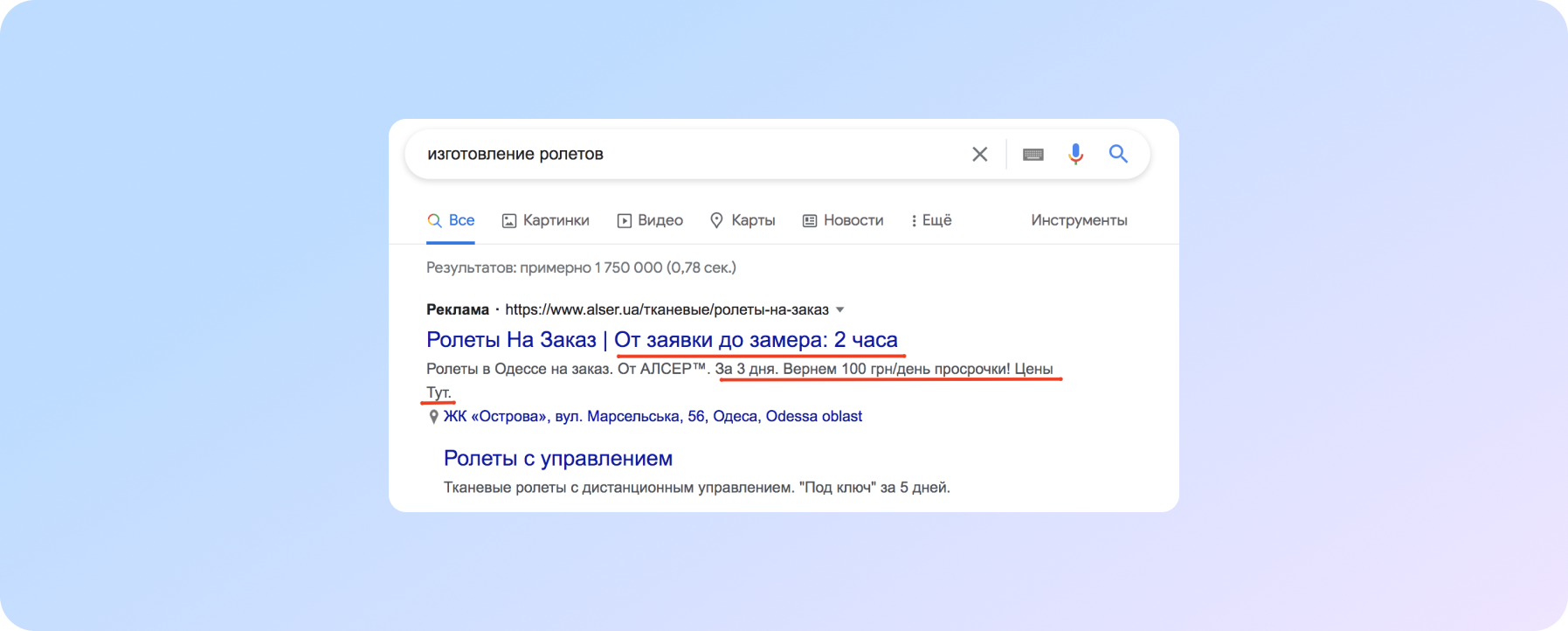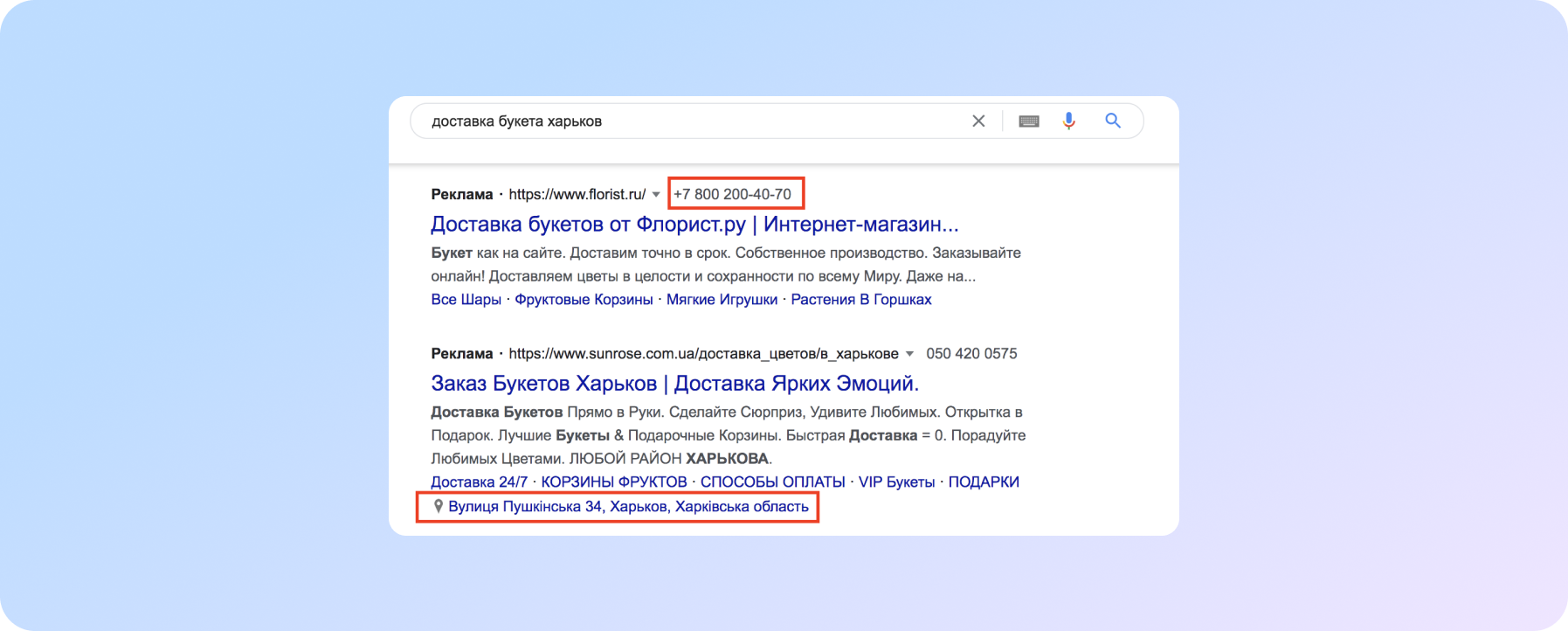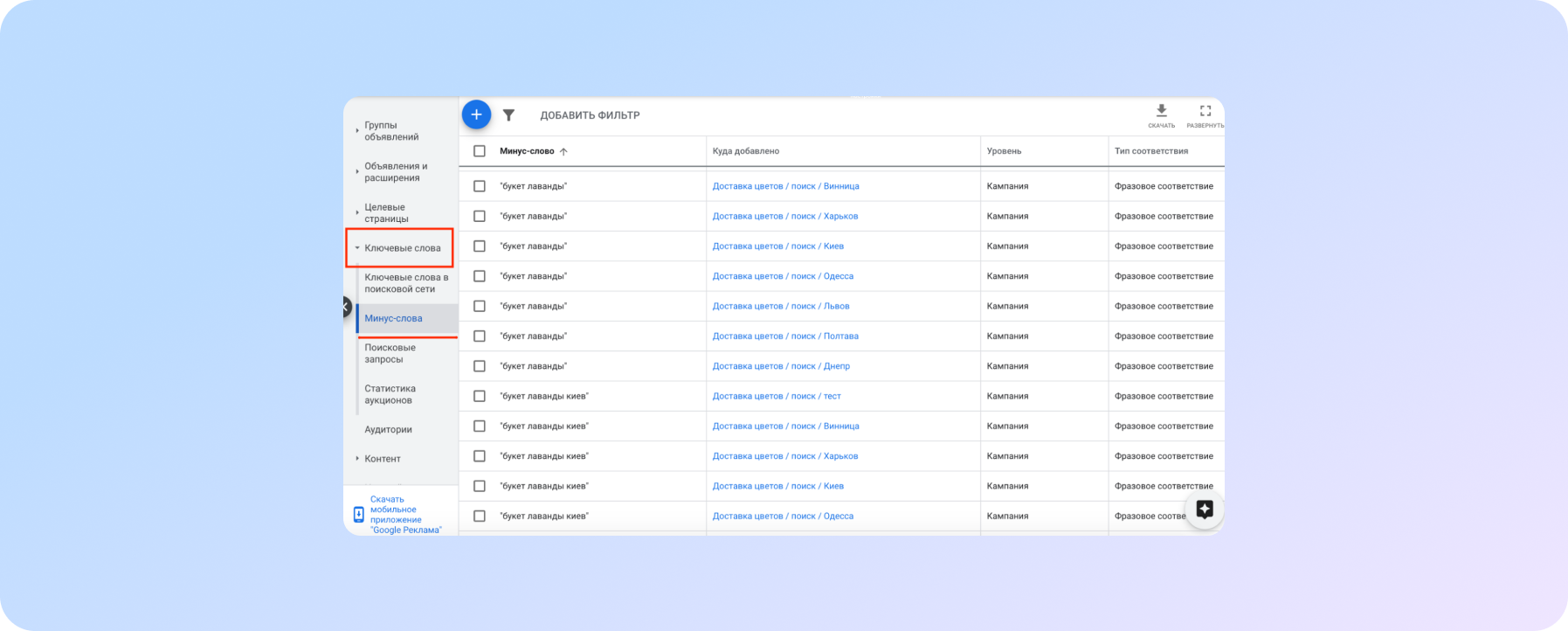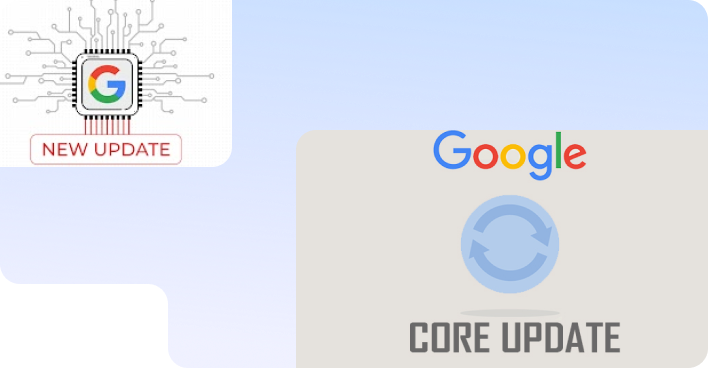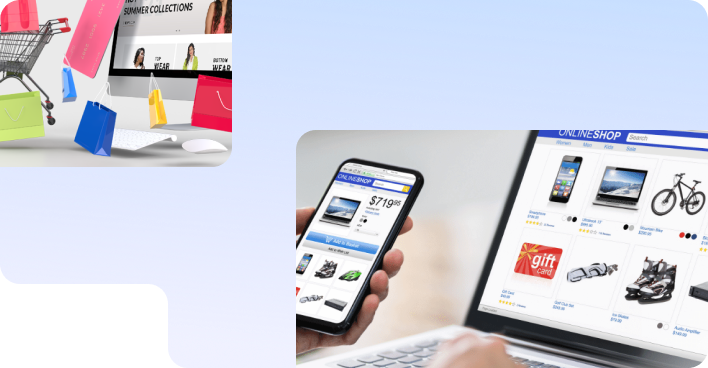No magic - just our painstaking joint work on the site
How to improve the CTR of your ads. And by the way, what is CTR?
After reading this short text, you will better understand the reports from contractors who are setting up advertising for your project. And you will know which “points” to check after setting up an advertising campaign. Forward!
Often, when evaluating the effectiveness of contextual advertising, contractors rely on the term “CTR” and other complex words that are little understood by the business owner and even less clear what to do with this information.
In addition, we will try to tell in simple terms what the main mistakes are made when setting up advertising, and how they affect this very CTR in total.
CTR is one of the main indicators of the effectiveness of customized advertising. The system calculates it according to the following formula:
Number of clicks / Number of ad impressions * 100 = CTR
For example, search engine advertising was seen by 1,500 people, but 150 people went to the site. Divide 150 by 1500 and multiply by 10 - we get 10% CTR for this advertising campaign. But is it a lot or a little?
What CTR is considered normal
Depending on the activity type and type of advertising, there are different standards for the concept of “good CTR”. For example, for the service sector, 12-14% will be good, while among online stores there is a struggle for 4-6%.
But anyway:
- if there are a lot of impressions, but no clicks, you need to look for errors in the settings;
- if there are few impressions and few clicks, you need to look for errors in the settings;
- if there are no impressions, you must again look for errors in the settings;
- if there are a lot of impressions and clicks, but there were no sales (here, probably, you will need to check the site and landing pages), first of all, you need to go through the main list of common setup errors.
Mistake #1: Don't include keywords in your ad title and text
Often, business owners or an ad customizer or a copywriter who is responsible for the texts spend a lot of time writing a beautiful and concise title for an ad. This is what becomes the main criterion for evaluating an advertisement. And this is the first mistake.
For example, if a user types the query “imperity hair loss shampoo” and you have ads with a clickable heading like “The best treatment for alopecia!”, the system will not see a direct match of your ad to the user's query. It is more likely that the system will show your competitor's ad instead, which words match the query.
Therefore, a great Google Ads tool you should use is “dynamic insertion of keywords in the title”. Thus, the desired keyword will be automatically presented in your ad 
As a result, Google will rank your ad higher, considering your ad to be the most relevant to the query. And this means that they will click on it more often and, accordingly, the CTR will grow. What will it give you? The number of hits from advertising will increase and the cost per click will decrease. And this is our goal!
Mistake number 2: too much unnecessary and not enough specifics
Often you feel like you spent a lot of time putting together a concise and emotional ad, but there are few impressions and clicks, and no conversions at all. What's wrong?
Open the search results and compare your ads with those of your competitors: your text may be very similar to the text of the “neighbor”. In this case, try to replace general phrases with more specific ones, those that distinguish you from others.
For example, instead of the word “discount”, indicate its specific amount (“-15%”), and instead of the phrase “acceptable prices”, indicate the exact amount (you can also use the format “from ...”). “Good quality” is replaced by “equipment from Italy / 12 months warranty”. Then your ad will definitely stand out among competitors, and the user's trust in your product or service.
Mistake #3: Without a call to action!
After you have checked all the main points of your unique selling proposition, check that the call to action is placed in the ad. It is the CTA (call to action) phrases that give a person an understanding of what exactly he needs to do and create the effect of urgency and necessity.
Try to replace the banal “call” and “order” with:
- get a price list
- order a miscalculation
- request demo access
- book a seat
- call the master for free
- place an order and get a gift...
The best form of call to action is when the user understands exactly what needs to be done + he knows the benefit, what he will get for it or what bonuses he will receive.
Mistake #4: Using emoji to stand out from the competition
It is very common mistake in advertising. You will think: “Why?! After all, it attracts attention, and the user is used to seeing emoji everywhere.” This is true, but as of today, Google prohibits the use of emoji in ads and keywords. Emoji are classified as an invalid character. Such an ad simply will not pass moderation, and you will lose time setting up an advertising campaign.
Here are a few more examples of symbols with which the ad will not pass moderation:
- several exclamation points in a row
- numbers and letters in non-standard form
- bulleted lists
- capital letters in every word
- numerous spaces between letters and words.
Mistake #5: Without using extensions
And I think this is one of the biggest mistakes 
Extensions are additional blocks in the final form of an advertisement. They can accommodate:
- clarifications
- quick links
- address
- phones
- prices
- special offer
- opening hours
First, by adding extensions, you visually enlarge the ad and make it stand out from the rest. Also, with extensions, useful information appears in the ad that helps the user form an opinion about the company, the advertised product or service.
And the most important thing. The presence of extensions increases the number of clicks and improves the quality of ad impressions by several percent (yes, that same CTR).
Mistake #6: Ignore Negative Keywords
Launching a competent advertising campaign is actually only half the success. Whether the CTR will increase depends on how you improve your settings further.
For example, at the start of work, you wrote out all the search phrases that your product / service can be searched for, and launched impressions on them. But when looking at statistics with data on what queries users clicked on your ad, you will notice a lot of “not your” phrases. These are the queries that the system “mixes in”.
Therefore, it is important at the stage of launching an advertising campaign to make a list of words that are definitely not your target. For example, if you have a furniture store, then queries with the words “do it yourself” or “instructions” are definitely not yours ...
Launching a campaign, continue looking through all the search phrases that bring users to your site, add to the list of your negative keywords. At some point, you will “clean up” everything and notice that you get all the clicks only on those queries that really sell!
Mistake number 7: forget about commercial phrases
Above, we have already sorted out which words should be used in the text of an advertisement, and which ones should be avoided ... But separately, commercial phrases should be mentioned - this is literally a must have!
For example, if you have some kind of bonus option for a product you sell, INDICATE IT:
- you can provide the service in installments
- work on Saturday or 24/7
- production time of your products is less than that of competitors
- your offer is better than competitors
- you have discounts on a number of products
- your warranty period is longer
- if you have distinctive features and advantages over competitors...
All these details together have magical power and contribute to the growth of trust and faster decision-making for the buyer!
PS: If you need help setting up or auditing an advertising campaign for your business, please contact at our PPC services company:
We care about improving your sales :)



